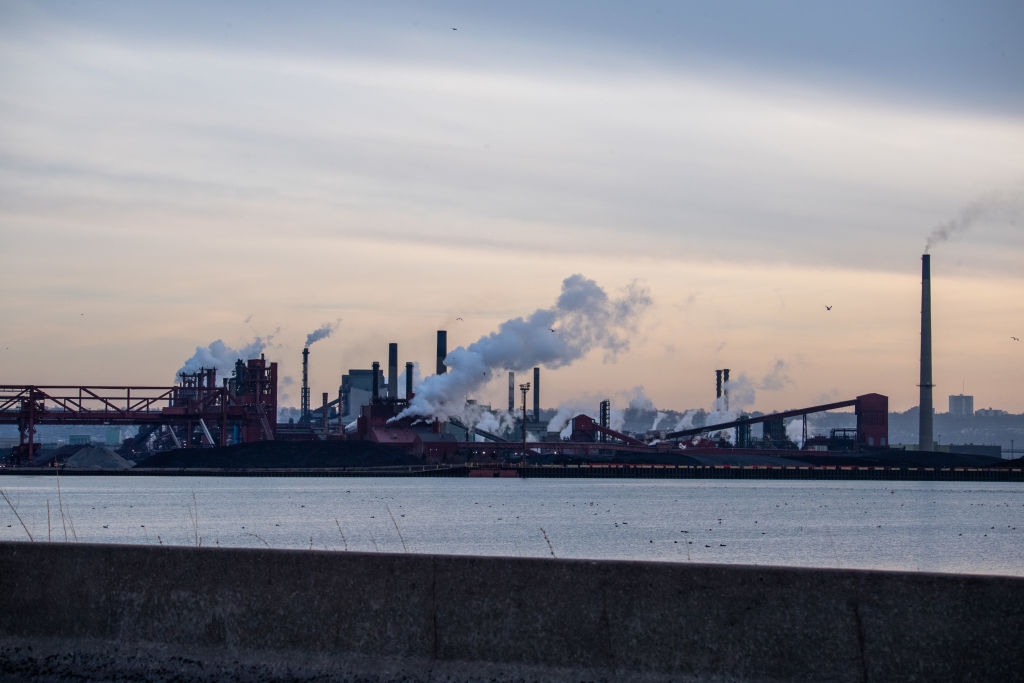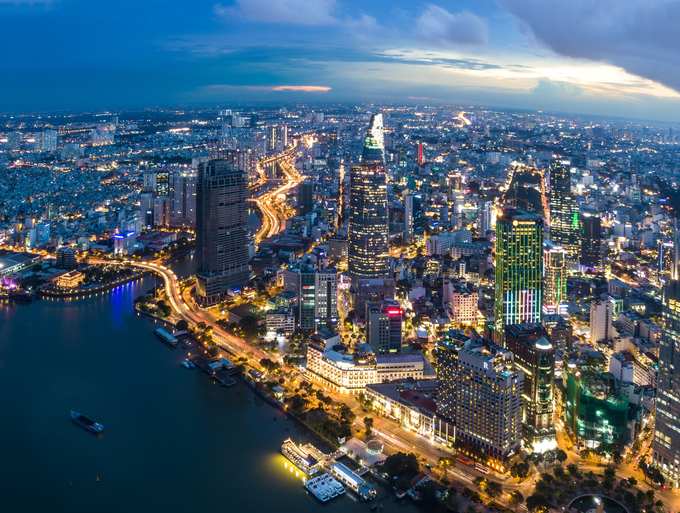Water must flow – Don’t be scared, Be Ambitious
With one-fifth of EU territory facing water stress, Europe is facing a growing water crisis, threatening industries, agriculture, and access to water. The Water Resilience Strategy must drive investment, disruptive data collection, and policy reform to secure water. Now is the time to be ambitious, now is the time to be water-smart!

This Thursday, the Water Community will focus on the soon-to-be-released Water Resilience Strategy, a crucial policy step for Europe’s future. With one-fifth of EU territory and nearly a third of its population facing water stress annually, the urgency for an ambitious and well-funded water strategy has never been greater. Instead of hesitation, Europe must embrace ambition and seize this opportunity to address effectively water challenges.
The last five years, the EU Commission lead a throughout upgrade of the European Water Acquis to strengthen our sustainability – but one dimension is missing: quantitative water management.
A Crisis Europe Can No Longer Ignore
Water insecurity is no longer a distant threat. It is an immediate environmental, social, and economic challenge.
Critical industries—hydrogen, batteries, semiconductors, and data centres—are projected to triple their water consumption by 2030, growing from €192 billion today to nearly €1 trillion (Water Europe, 2024). With 29% of the EU’s territory already experiencing water scarcity, this poses a serious threat on our competitiveness and strategy autonomy (EEA, 2019).
Europe’s water infrastructure is also under pressure. Meeting existing EU water legislation alone requires at least €255 billion in investment— to ensure water and sanitation for our society (Water Europe, 2024).
At the same time, underutilised solutions such as water reuse and retention could significantly relieve pressure on supplies, yet Europe reuses only 2% of its water resources, falling behind global best practices (EU Commission, 2023).
In the EU, Agriculture accounts for 28% of water abstraction—making it a key sector for water. Food processing, especially dairy (using 5,000L/kg of cheese), is a major water consumer (Water Europe, 2024). Technologies like reverse osmosis in food processing can significantly cut water consumption, yet widespread adoption remains slow.
Business-as-usual thinking continues to dominate, favouring short-term risk mitigation over long-term water resilience.
The cost of inaction is five times higher than the investment needed to address water insecurity (CDP, 2020). Without decisive action, Europe will face rising economic losses, environmental damage, and supply chain vulnerabilities.
Scaling Up Solutions for Water Security
Ensuring water resilience should be the second step towards a Water-Smart Society (Water Europe, 2023). Europe already invests in innovation-driven solutions, but more ambitious action is needed to strengthen water security across sectors.
EU-funded projects like AquaSPICE and iMERMAID demonstrate how real-time monitoring, AI-driven water efficiency, and source-to-sea approach can optimise industrial and urban water use.
The potential impact is vast. Decarbonising the energy system could reduce its water needs by 38% by 2050, showing how water security aligns with broader sustainability goals.
The Water Resilience Strategy: A Foundation for Water Security in Europe
Water Europe has outlined three key pillars for a successful Water Resilience Strategy (Water Europe, 2025):
- Governance & Regulation: The EU needs stronger, more harmonised data collection and water policies that incentivise sustainable management and enforce implementation of the qualitative water management legislation.
- Innovation & Digitalisation: Smart water management systems, AI-driven monitoring, and data-sharing platforms can drastically improve efficiency and response times. Research and innovation are needed to tackle contaminants of emerging concerns such as DBPs and microplastics, as well as phase out to a toxic-free PFAS environment.
- Investment & Infrastructure: Large-scale financial commitments from everybody are needed to modernise outdated water infrastructure, while engaging our society, economy in the blue transition. The upcoming MFF negotiations will determine whether water resilience gets the funding it urgently needs or a political vacuum.
Better Data for Stronger Water Security
No matter the perspective – qualitative or quantitative – Europe does not have the disruptive data for the blue transition towards a Water-Smart Society.
A Digitalisation Action Plan is a must to ensure data disclosure and interoperability with harmonised methods all across Europe. Better water data will prevent crises, drive efficiency, and strongly reduce prioritisation challenges over water allocation.
Without digitalisation, Europe risks falling behind in both water governance and global competitiveness.
Studies indicate that, without action, water insecurity could cause up to a 10% GDP decline in several world regions by 2050. By contrast, targeted investments in water management require only 0.5% of GDP in Europe—far less than the 4% or more needed in other parts of the world (Global Commission on Adaptation, 2019; World Bank, 2016).
Let’s Be Ambitious, Let’s be water-smart!
Water security is not just an environmental necessity. It is an economic and strategic imperative. The EU has the power, resources, and expertise to lead the way, but this will require better data collection and harmonisation, as well as commitment from industries, municipalities, and citizens
Europe cannot afford half-measures. The time to act is now to ensure Europe’s water sustainability, resilience and security.
So, let’s be ambitious. Let’s be water-smart!
Water Europe.









